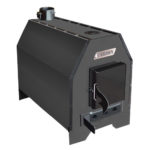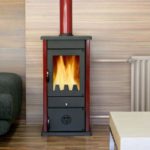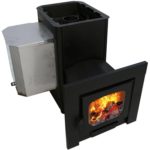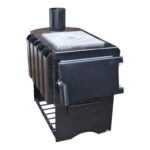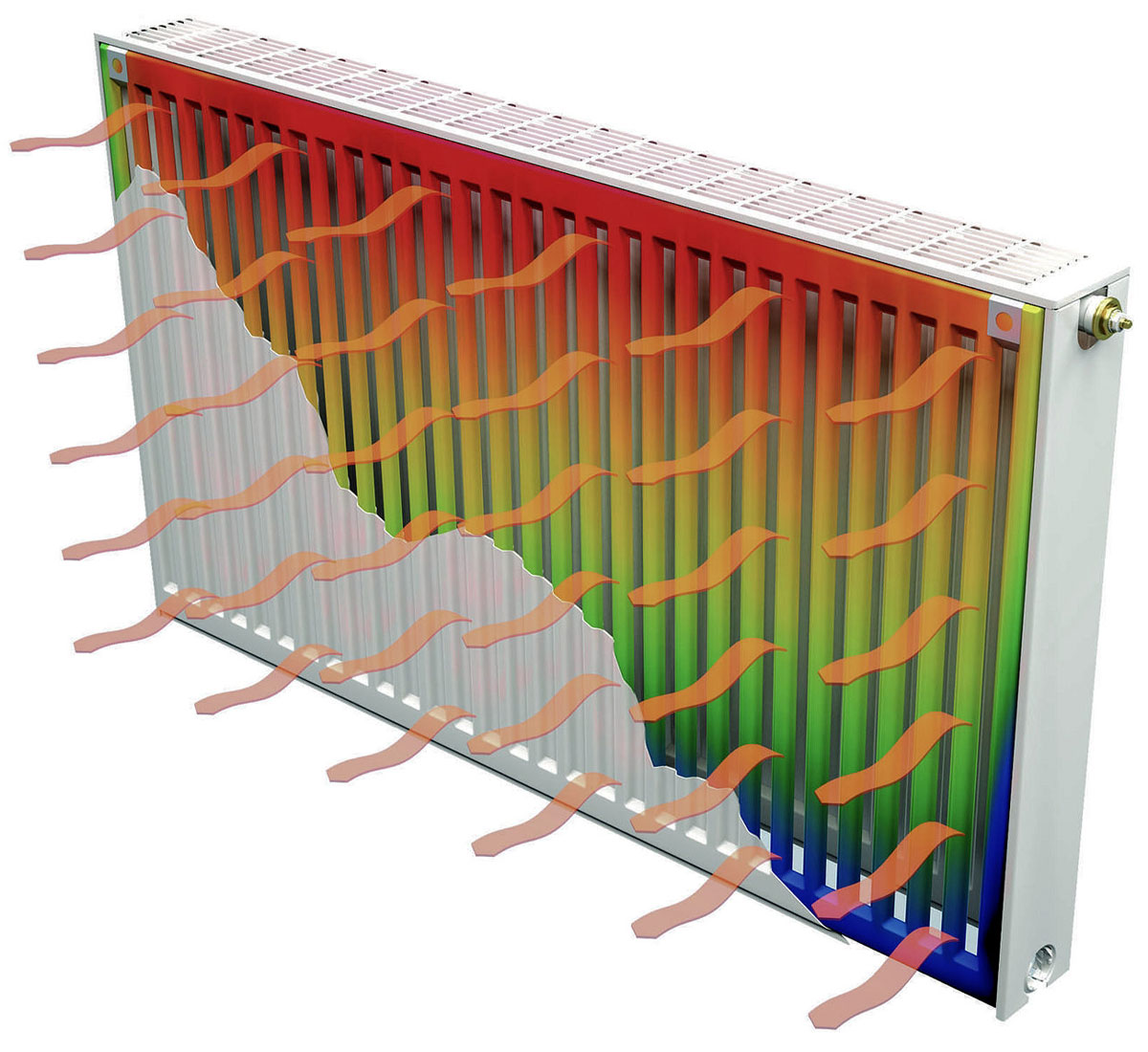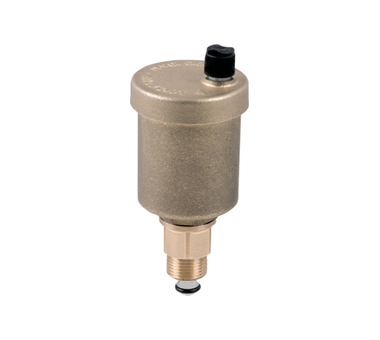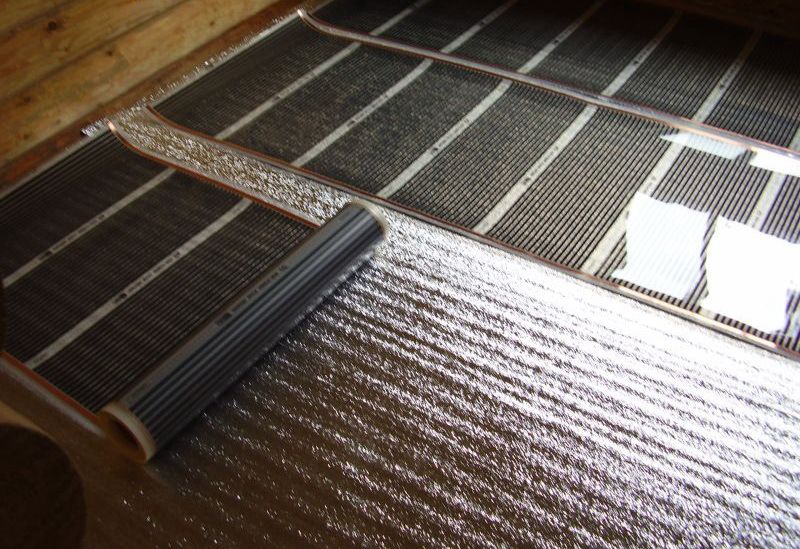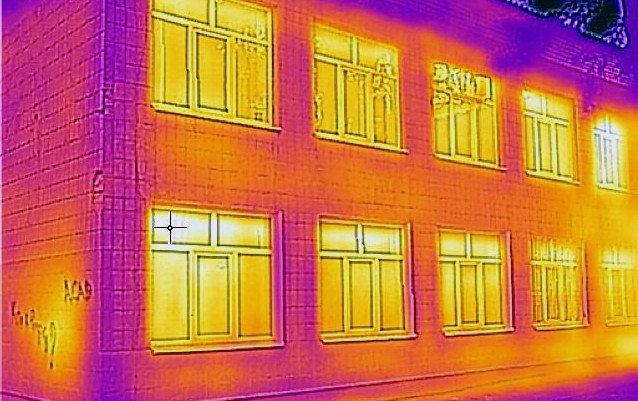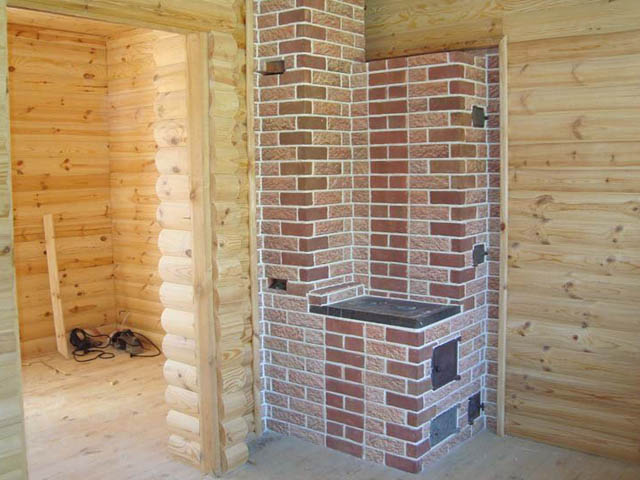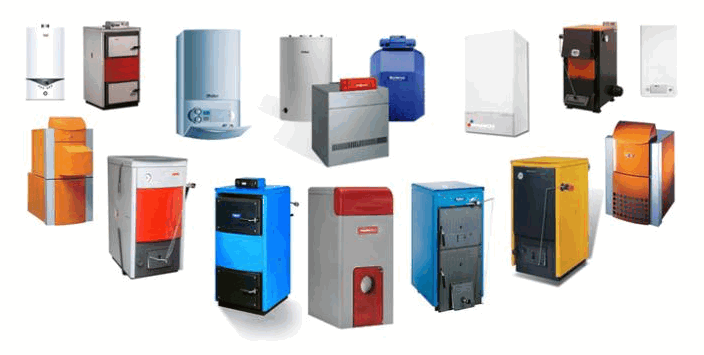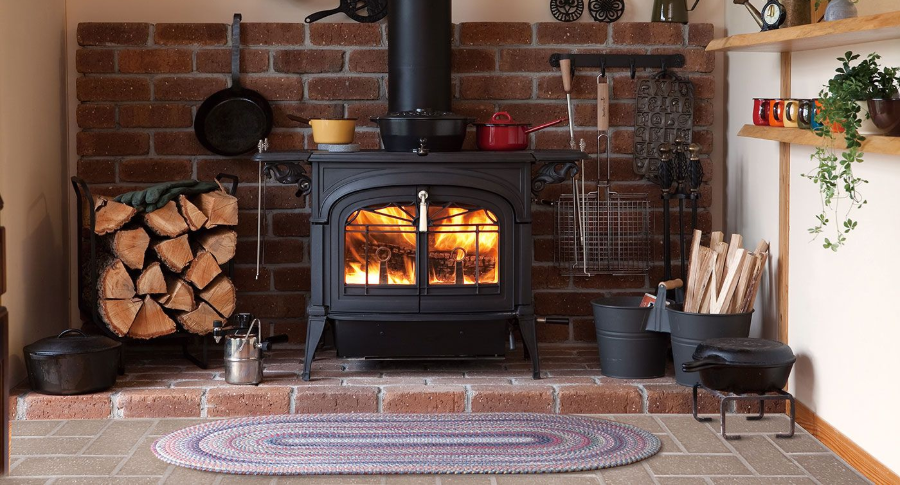A country house needs heating equipment, especially if people live in it all year round. With a long burning oven, you can effectively heat the room. The best choice for a summer cottage is a multifunctional device that allows you to maintain a comfortable temperature and cook food. Long burning wood stoves are just such a device. A wide range allows you to choose a model for any area of the premises.
Operating principle
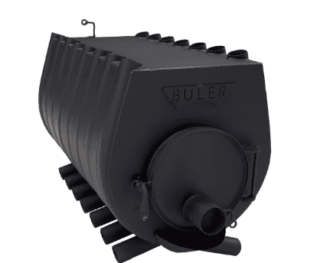
Long burning appliances are more efficient and economical to operate compared to classic metal stoves. Convenience and efficiency are associated with fuel - the house is heated from one bookmark of firewood.
Such devices work on the principle of afterburning pyrolysis gases. This allows you to use less wood and keep the heat for a long time. To create the necessary conditions in the fireplace, after the fuel has been ignited, the lower channel is closed. Air ceases to flow through it, because of which the process of decay begins. As a result, pyrolysis gas is released, which then enters the afterburner. There, under the influence of secondary air, the gas is ignited with high heat transfer. The soot completely burns out, the flue gases are discharged through the chimney. The result is complete combustion of all combustible substances with maximum benefit.
Step-by-step furnace operation algorithm:
- Stacking fuel in the chamber. Thin chips are placed on thick logs for quick ignition.
- Firing up the oven with paper.
- Shut-off of the primary air supply after the formation of a flame in the upper part.
- Complete closure of the firebox. The valve on the primary air access channel is slightly opened so that a small amount of air masses enter the chamber.
- Opening the secondary air supply channel.
The operating time of the stove, depending on the model and the amount of firewood, is 6-12 hours.
The main types of long burning stoves
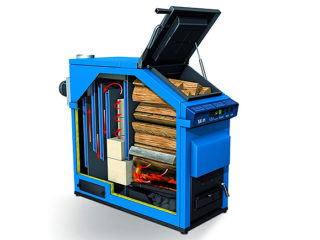
There are two options for long-burning stoves - devices with and without a water circuit. The former are used in residential premises and can heat a large area. The latter are smaller and are able to heat small houses.
Models with a water circuit require the creation of piping and the installation of the necessary devices. From the furnace, pipes are routed to the radiators. The cost of such models is higher, since you will need to buy additional accessories. But thanks to the presence of a water circuit, you can save on fuel, since only one stove needs to be fired to heat several batteries.
For small summer cottages and private houses, as well as garages and other non-residential premises, an ordinary stove without a water circuit is sufficient. It has a compact size and is capable of heating the entire structure.
Heaters design
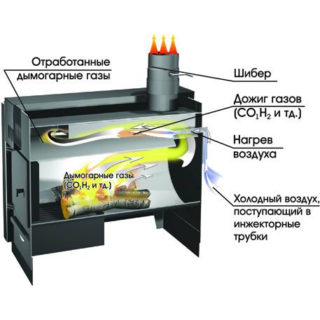
Long burning stoves have a similar design, regardless of the model. Among the main elements:
- Furnace chamber. Firewood is stacked in it.
- Primary air supply channel. Required to support wood smoldering.
- Secondary combustion chamber.
- Partition between the combustion chamber and the place of gas afterburning.
- Branch pipe. It is used for chimney installation.
- Furnace door with heat-resistant glass.They are transparent, so through them you can look at the fire and control the combustion process.
Furnace design with a water circuit:
- Firebox.
- Water jacket. Placed around the combustion chamber.
- Grate. It is necessary for the primary extraction of heat during smoldering.
- Firebox door.
- Ash door for periodic cleaning.
- A valve that regulates the supply of primary air to the combustion chamber.
- Gate valve for supplying secondary air to the gas afterburner.
- Ash pan.
- A branch pipe for installing a chimney pipe.
- Flange for connecting the heating system return pipe.
- Flange for the coolant supply pipe.
- Body with a layer of thermal insulation. Not available on all models.
- Additional heat exchanger. Also, not in every type of long burning stoves.
- Channels, cavities of the internal circuit with a coolant.
Models for heating with a water circuit have a more complex design. This is due to the additional function of heating and supplying water to the heating system.
Varieties of ovens
Manufacturers offer a wide range of various long burning solid fuel stoves. They differ in installation method and functionality. The complete set of each model has a passport with a drawing and a description of all parts of the furnace, as well as its characteristics.
Cast iron and steel devices are distinguished according to the material of manufacture. Steel can be made from ordinary black or stainless steel. A number of models combine assemblies and parts from both materials.
Varieties of ovens in terms of functionality:
- Heating devices. Designed for heating the house only.
- Heating and cooking. They have an oven in their design.
- Models with a water heater. They can heat water.
- Multifunctional devices with all the listed options.
Installation site classification:
- Corner. They are compact. They can be placed in a corner in a small room.
- Wall mounted. There are both heating and multifunctional. Can be installed in kitchens and living quarters. They have a different design, so it is not difficult to choose a product for the interior of the room.
In addition to power and functional features, devices can be selected in shape, appearance, size. Many companies are engaged in the production of ovens. In the ratings, the leading places are occupied by devices from Russian companies Teplodar, Siberia, Thermal, from foreign brands Bosch, MBS Vesta and Finnish NunnaUuni.
Advantages and disadvantages
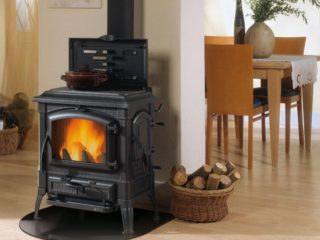
Long burning stoves have been used by many owners for over a decade. This is due to their positive sides:
- High efficiency. One firebox is enough for heating. With the correct settings and good insulation of the building, the optimum temperature can be maintained all day.
- Simplicity and ease of use and adjustment.
- Simple installation that you can do yourself.
- Compactness.
- A wide range of.
- The power of some models allows you to heat houses of impressive size.
- Aesthetic appearance.
- High level of security.
- Unpretentiousness. It is necessary to clean the ash pan from combustion residues every few days. The chimney is cleaned once or twice a year.
The service life is usually 10 years. But if the operating conditions are observed and preventive cleaning of the chimney pipes is carried out, the time of use may increase.
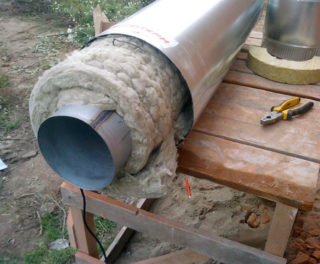
Main disadvantages:
- If the settings are incorrect, pyrolysis can be ineffective. To fix this, you need to adjust the operating mode.
- The need to insulate the chimney. Otherwise, soot will form on the pipes, which clogs the chimney and interferes with the removal of combustion products.
- Requirements are imposed on the fuel. The wood must be dry for the process to run efficiently.Residual moisture should not exceed 20%.
Buyers are frightened by the price of such devices. But it is compensated by a simple installation, which can be done by hand, as well as low fuel consumption. With the right choice, a slow-burning stove is capable of heating a large room.
Installation features
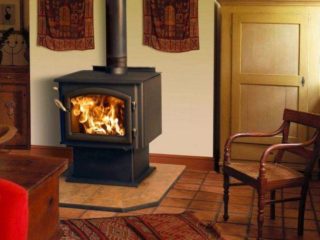
The owner of the oven must understand how much work he needs to perform and what conditions to meet for correct operation. First of all, you need to choose an installation location. The main difficulty lies in the massiveness of some models, so the help of another person may be required to carry and install.
It is important to be able to correctly calculate the power of a long burning furnace. The approximate ratio shows that for every 10 sq. M. a thermal power of about 1 kW is required. This ratio is approximate and does not take into account the characteristics of the premises and the region of residence.
When installing in a wooden house, the following is also taken into account:
- The firebox must be closed. Its temperature should not exceed 400 ° C.
- The outer surface of the chimney must not warm up to more than 85 ° C.
When choosing an installation site, the height of the ceilings, the location of the floor beams are taken into account. The latter is important if the chimney is led out through the roof. The pipe should be located at a distance of 150 mm or more from the floor beams.
The installation site must be prepared in advance. If a wooden floor with a thickness of up to 20 mm is installed on the floor in the room, it is recommended to equip a concrete base for the stove. Walls nearby can be insulated - for example, with ceramic tiles, bricks, stone and other heat-resistant materials.
All stages of installation must be controlled using a building level for even installation of the device. The chimney walls must be sealed with heat-resistant plastic.

